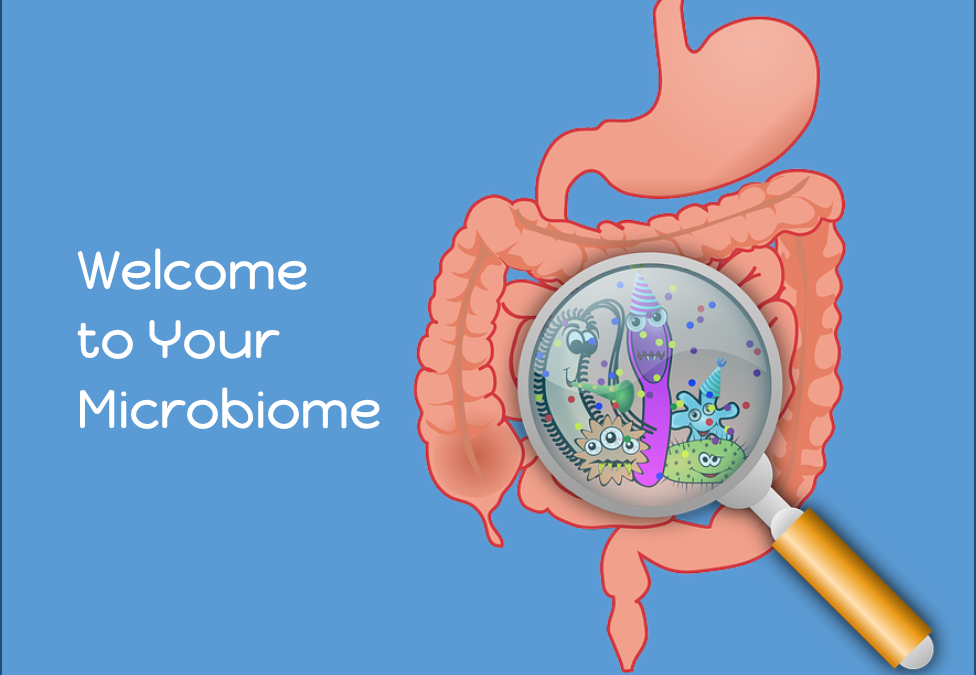The bacteria in our guts is responsible for metabolizing nutrients from food, acting as a protective barrier against infections in the intestine, and making fat-soluble vitamin K (which is needed to make proteins that help clot blood). Researchers are just scratching the surface of how the microbiome may impact health conditions such as arthritis, heart disease, and cancer too.
Your gut is home to millions of strains of bacteria known collectively as “microbiota” or the “gut microbiome.” And just like snowflakes, everyone’s gut microbiota is uniquely different.
There are several factors that influence your gut microbiota, including age, diet, genes, environment, and medications like antibiotics, which can significantly alter gut bacteria. Of these factors, diet may be the most controllable.
Microbes thrive on various components of food. Some microbes make compounds that seem to keep us healthier, while others produce substances that may worsen our health. For example, a scientific study found a link between pediatric obesity and antibiotic use early in life. Research has shown that in mice, a diet high in fat increases gut permeability and raises gut absorption of endotoxins that foster weight gain, inflammation, obesity, and diabetes.
Our gut microbiota is very complex and it’s difficult for scientists to identify which bacteria would be the most beneficial in preventing disease. According to Dr. Hohmann, who works in the infectious diseases division at Harvard-affiliated Massachusetts General Hospital, a few dietary tweaks may make a big difference, though gut microbiota change slowly over time and not overnight. She suggests adding the following foods to our eating patterns:
- Fermented foods that contain natural probiotics, including miso, yogurt, kefir, and kimchi. Sauerkraut and pickles are also fermented, but may need to be limited for people with high blood pressure due to their high sodium content.
- High-fiber, complex carbohydrates such as beans, lentils, whole grain breads, cereals, and grains such as barley, bran, bulgur, farro, and quinoa. The more variety of plant-based foods, the more diverse our bacteria become.
While it may be tempting to take an over-the-counter probiotic and call it a day, scientists suggest that probiotics do not typically change your gut microbiota on a permanent basis. A few strains of probiotics have been found to modify the gut, but once they’re stopped, the gut microbiome may reverse back to its previous state. Probiotics may be useful in treating loose stools related to antibiotic use, but for the most part, the data on their effectiveness is not very convincing.
Our best bet for a healthy gut is to eat a high fiber, plant-based diet with fewer servings of high fat animal foods, salt and refined carbohydrates. This will not only improve the insides of our guts, but may also give us a more flattering “gut” on the outside too.
Many of the terms sound a little similar so we have prepared a glossary to help you understand this emerging and exciting research.
Microbiota – the collective plural term of the single-celled microbes that inhabit the human body and perform many beneficial and important tasks like helping us digest our food. Most of these are beneficial but some, like the ones that cause illness, are not. The microbes outnumber the body’s cells by 10 to 1 in over 10,000 species and they weight 3 pounds in the adult body (NIH).
Microbiome – the mictobiota and the genes of the microbiota found in one person are called the microbiome and these outnumber the human genome. Unlike DNA, the microbiome can be changed and influenced by what you eat as well as how much you sleep and exercise and by the environment around you. Scientists also call this your tree of life. Your DNA contains about 20,000 genes whereas your total microbiome can contain 150 times this amount. Most of these are found in your gut.
Biome – self contained eco-system
Gut – refers to your entire digestive tract and it starts with your mouth and ends with your anus.
Pathogens – organisms that can make you sick, with salmonella being one example because it can cause infections and food poisoning.
American Gut – crowd funded study by Rob Knight, PhD, and other researchers at UC San Diego that everyone can participate in and get live-time results of their microbiome. See http://americangut.org/how-it-works/ for more information. The fee is $99 at present and is available to anyone who wants to participate by registering and completing a 7 day food log.
Influencers of the microbiome:
Prebiotics: a nondigestible food ingredient that promotes the growth of beneficial microorganisms in the intestines. This non-digestible ingredient is plant fiber that occurs naturally in foods such as fruits, vegetables, whole grains, and legumes. Fiber is also valuable for its aid in digestion and keeping cholesterol lower as part of a heart healthful diet and for helping people with type 2 diabetes to regulate their blood sugar. You need about 25 to 35 grams of fiber per day and you might only be getting half of that amount if you have a standard Western or American diet that is high in animal products, sugar, and fat.
Probiotics – live, good, bacteria and the products that contain them; researchers do not know if they can influence the microbiome yet according to the American Gut website. Dr James Kenney says we should think of these like tourists – they visit an area but do not change it. Dr. Knight, in his book, Follow Your Gut, says there is nothing wrong with eating a little yogurt but none has been tested in quality studies to see if it has long-term effects on the microbiome.
Alcohol – reduces the numbers and diversity of the microbiome.
Fat – saturated fat, excessive fat, sugar, and meat also tend to lower the diversity and quantity of the microbiome. Researchers made a study of a high, fat, low-carb diet on their own microbiomes and found they were “starving their guts.”
Antibiotics – reduce the diversity of the microbiome; consult a doctor before making any medication decisions because some antibiotics are life saving and the microbiome can return to normal after medication.
Exercise and sleep help you promote a diverse and healthful microbiome (Rob Knight, Follow Your Gut)
Fats and sugars, along with meat, refined oils, and animal products also reduce the diversity of the microbiome.
Bottom line: The only sure way to improve and maintain the diversity and health of your microbiome is to increase the amount of plant fiber that you consume from foods like fruits, vegetables, whole grains, legumes, nuts, and seeds, while lowering the amount of added sugar, saturated fat, and alcohol that you consume. You should also increase your physical activity and exercise and get enough sleep. Even though this research is emerging and researchers do not want people to make health decisions based on it, the results so far give everyone one more reason to eat a heart-healthful, high-fiber, plant-based diet and to exercise every day. There is growing evidence that altering the gut microbiota can cure C. difficile infections. It will be fun to watch the research and see if this is the case for the risk of other diseases as well.
By Lisa Andrews, MEd, RD, LD
Copyright foodandhealth.com, reprinted with permission.
For more research:
- Gut microbes and human health by Dr. Kenney
- Fiber and Prebiotics: Mechanisms and Health Benefits
- NIH website and program highlights
- NIH Overview on Fiber and Prebiotics
- Earth Microbiome Project
- American Gut Project and findings
- European Gut Project – British Gut
- Wild Life Blog – for students and teachers – from Rob Knight and the American Gut Project
- Follow Your Gut – book in print and Audible
- NHLBI Research on quantity of microbiome

